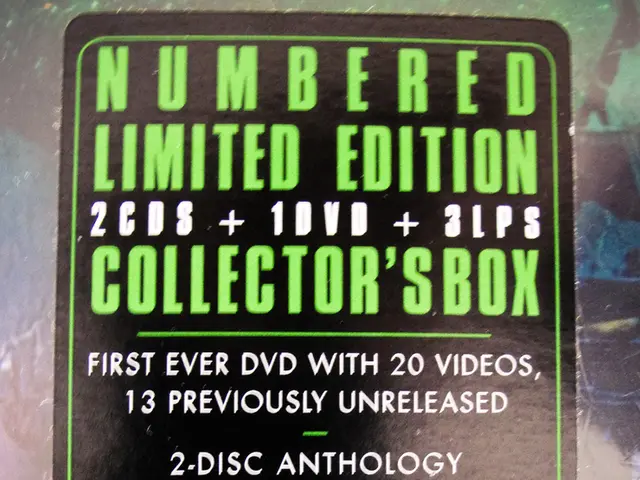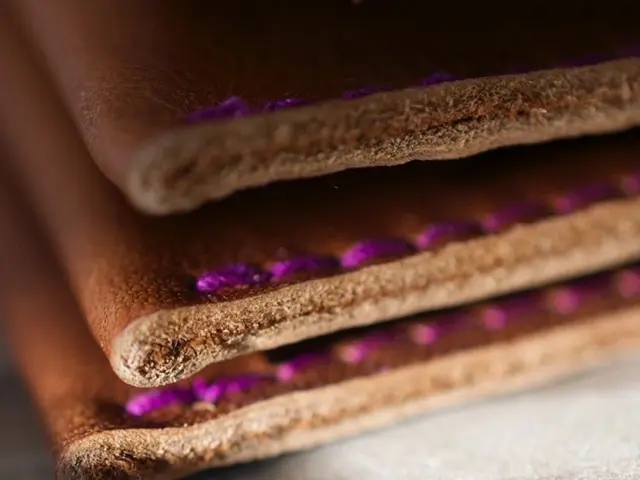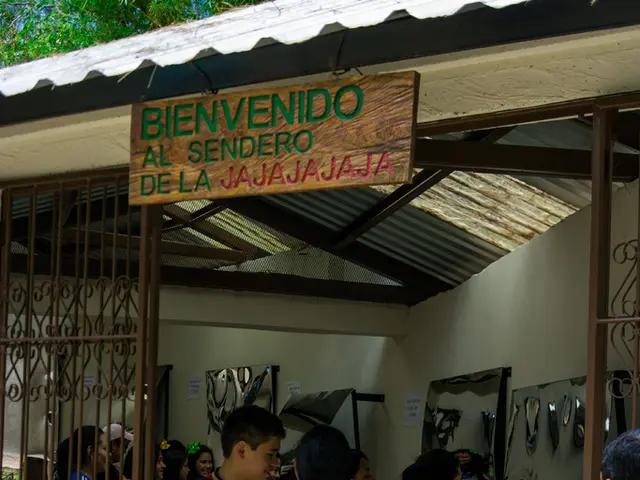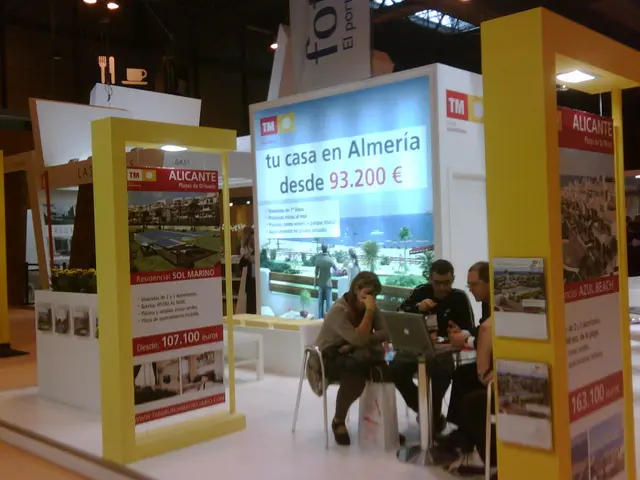Scientist-Inspired Artist Alleges Development of Novel, Impossible Color Pigment in Painting Medium
Casual Take on New Color Discovery and Artistic Paint Saga
Art enthusiasts and scientists alike are buzzing about a recent color revolution. Researchers at UC Berkeley have successfully manipulated human vision to perceive a new, unnatural hue. This groundbreaking discovery, dubbed "olo," is causing quite the stir.
Enter British artist Stuart Semple, who's never been one to shy away from a creative challenge. Claiming to have reproduced olo, Semple has labeled his creation "YOLO" and is selling it on his website for a cool £10,000 (or £29.99 for artists).
However, there's been some controversy around Semple's claim. Easily the most vocal critic has been Austin Roorda, a member of the Berkeley team, who boldly states, "It's impossible to recreate a color that matches olo." Roorda argues that human vision is induced to see olo via an optical trick, making it impossible for it to truly exist in the real world.
Despite the criticism, Semple insists that he's done his best to create a paint that emulates the visual experience produced by the Berkeley experiment. To accomplish this, he's infused his product with fluorescent optical brighteners that re-emit visible blue light, making materials appear whiter or brighter.
While Semple's YOLO may not be an accurate replication of olo, it certainly isn't the first time the artist has ventured into uncharted territory. In 2016, he created an extraordinarily matte black paint as a response to Vantablack, a coating exclusively licensed for artistic use by Anish Kapoor. He's also unveiled several versions of his black paint, all in a quest to create the paint version of Vantablack.
So, what makes Semple's YOLO any different? In the artist's own words, "I think they've triggered an experience in people that they're approximating to a color. What I've done is tried to make an actual color of that experience." In other words, YOLO is more of an artistic interpretation rather than an exact replica of olo.
With its vibrant blue-green hue, YOLO is sure to spark conversation and creativity, further fueling the color revolution initiated by the UC Berkeley experiment. If you're an artist, you can snap up a tube of YOLO for just £29.99. For everyone else, it'll cost you a cool £10,000. Fancy a dip into the color frontier? YOLO is waiting.
- As technology advances, tech enthusiasts and gizmodo critics are closely following the future of color research in science.
- Amidst the ongoing debate about the authenticity of Stuart Semple's YOLO paint, social media platforms are abuzz with discussions on its creation and implications.
- The fusion of art, technology, and science is evident in the recent controversy surrounding the artists' interpretation of the olo color and the advancements in artificial intelligence.
- In the realm of lifestyle and fashion-and-beauty trends, YOLO's vibrant blue-green hue is poised to make a significant impact on health-and-wellness, fitness-and-exercise, and mental health products.
- The entertainment industry is also expected to incorporate YOLO's unique color into films, television shows, and other creative projects, sparking a wave of artistic expression.
- As Stuart Semple continues to challenge the status quo in the field of technology and art, his works like YOLO redirect the focus on the connections between science, innovation, and human perception.
- The controversy surrounding YOLO highlights the intriguing intersection of artistic expression, technology, and the search for new experiences in our modern world.








